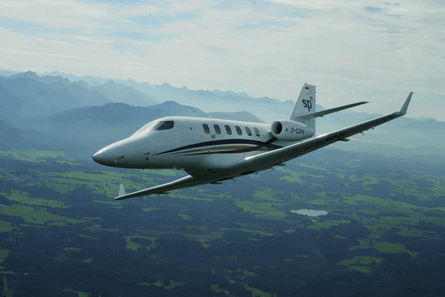Grob Aerospace can be added to the long list of airframers that have seen the cash dry up at that most crucial time - when certification is tantalisingly close and the company is fattening itself up for production.
The same maths applies. Developing an aircraft is costly. It involves engineers, designers and test pilots, not to mention sales staff and marketeers to convince the world the product is worth buying. At the same time, the manufacturer has to set up a production line to deliver aircraft upon certification. Only when they reach the customer does revenue appear on the P&L.
Shareholders will live with this if they have a prospect of making their money back with interest in a set time. When that timescale drifts the problems start.
 |
|---|
© Grob Aerospace |
Grob's problem has not been a change in the market - the SPn's orderbook and business aviation generally are healthy. The trouble has been certification. Rightly, the authorities do not make it easy to prove a new aircraft type is safe and durable. But for a start-up, meeting the rules can be exhausting and expensive.
Grob deserves to survive and not just for sentimental reasons. As a pioneering all-composite business jet, the SPn broke ground in terms of design. In marketing terms, it came from nowhere to win orders around the world. Customers have given the company their thumbs up. Now the man who had the SPn vision, Niall Olver, must convince the finance world to bet on a plastic jet.
Source: Flight International


























